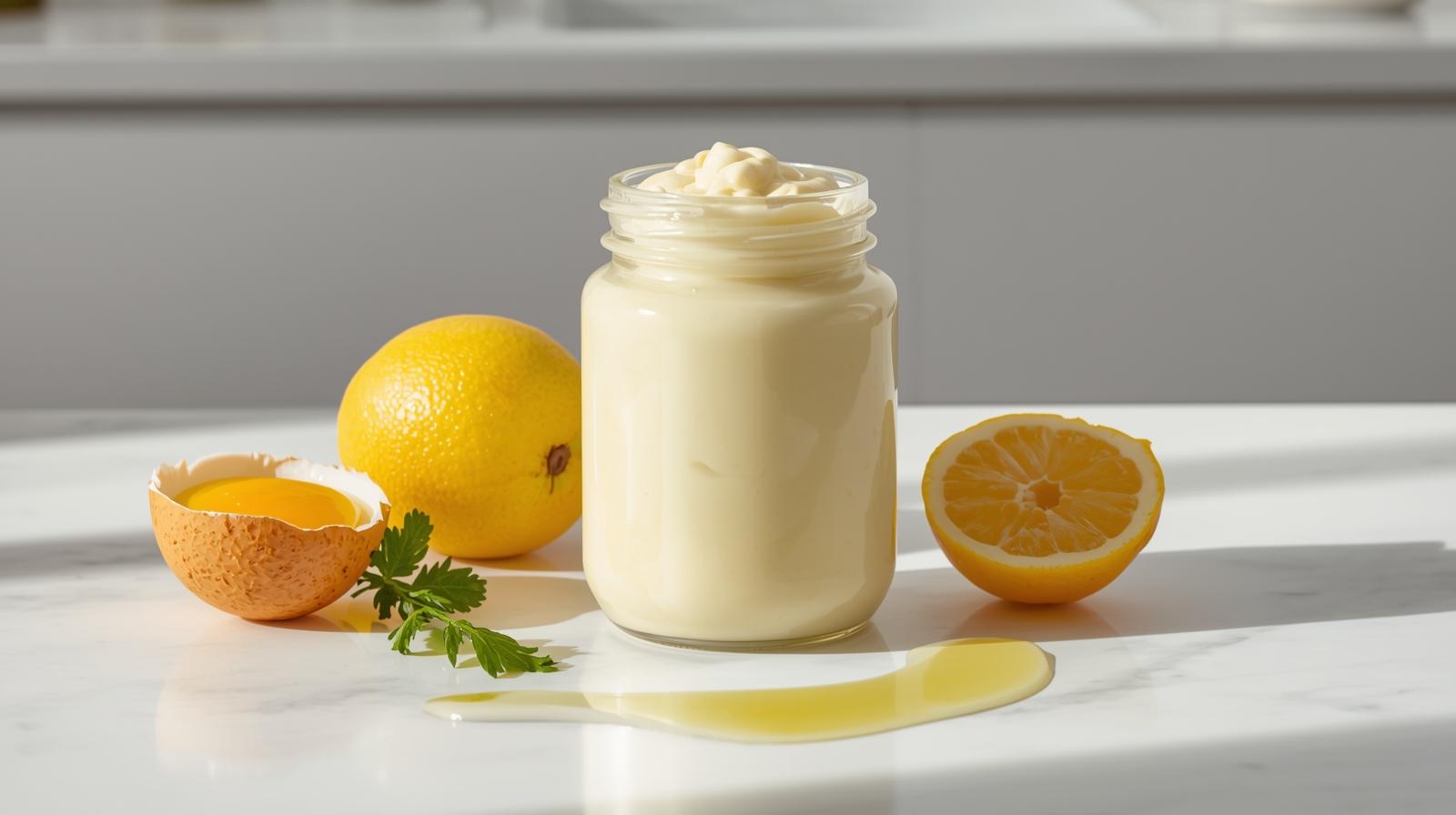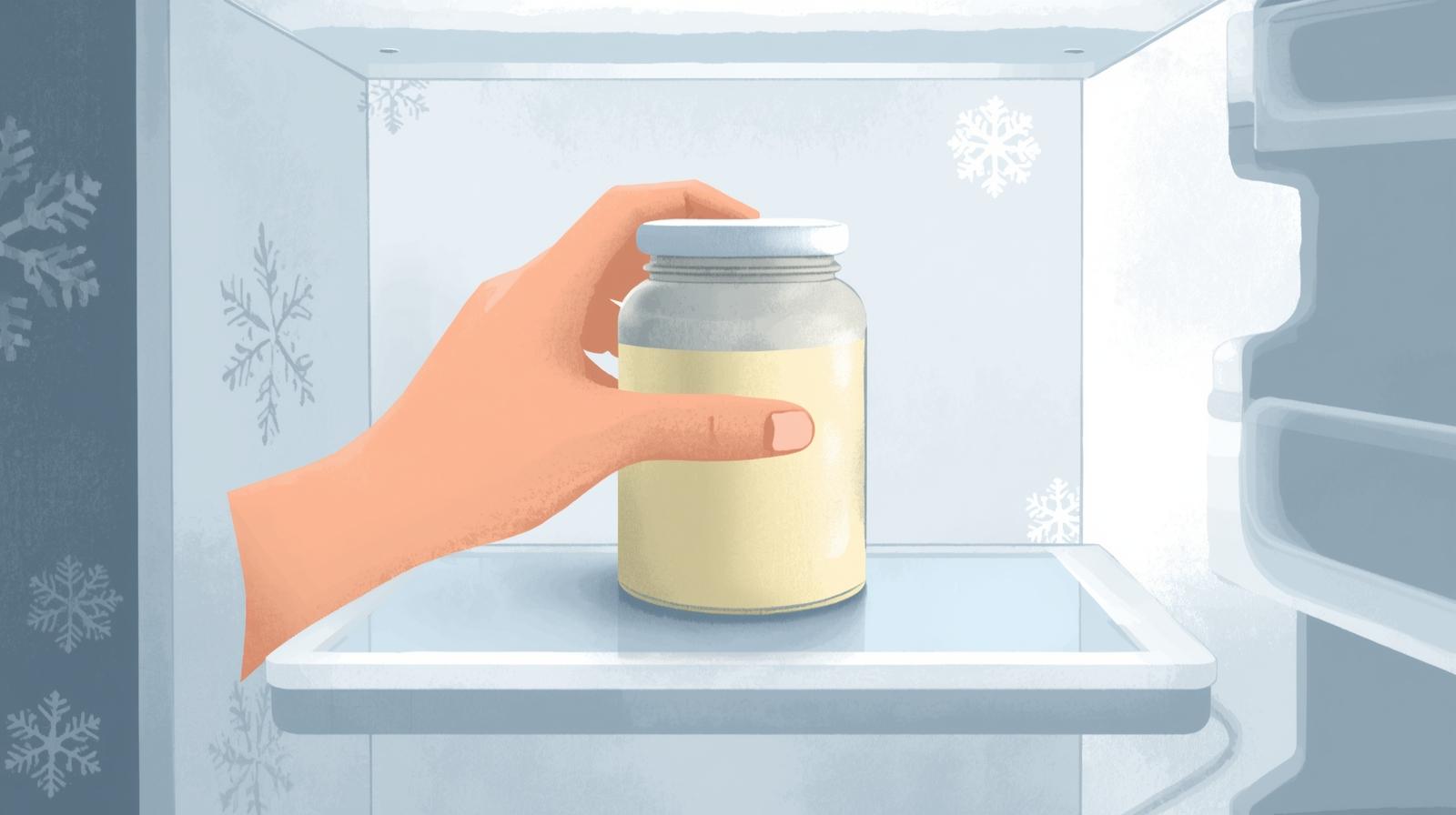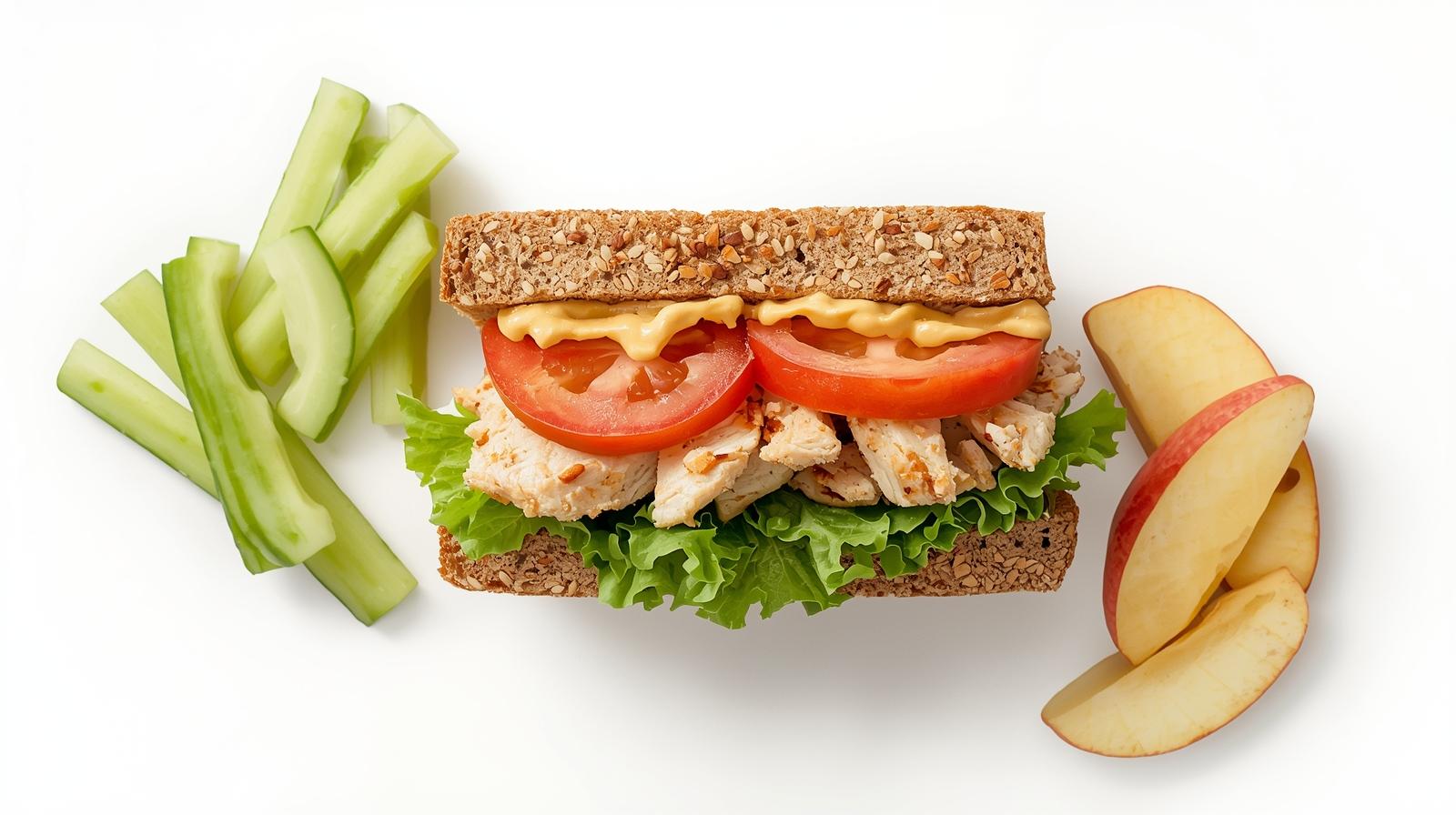
Praise Whole Egg Mayonnaise in Pregnancy — Safety, Storage, Portions & Smart Uses
The creamy tang of mayonnaise can turn a simple sandwich into comfort food. If you’re expecting, it’s natural to wonder whether mayo is off the menu. The reassuring news: Praise Whole Egg Mayonnaise is safe in pregnancy because it’s made with pasteurized eggs under controlled, commercial conditions. That pasteurization step is critical—it eliminates the risk of Salmonella associated with raw eggs used in some homemade or deli recipes. In this in-depth guide, we’ll cover exact safety rules, storage timelines, portion tips, nutrition notes, spoilage red flags, and clever ways to use mayo so you can enjoy it with confidence.
Quick Take (TL;DR)
- Safe brand/type: Praise Whole Egg Mayonnaise is made with pasteurized eggs → pregnancy-safe.
- What to avoid: Homemade or deli-style mayo unless you can confirm pasteurized eggs were used.
- Storage law: Keep refrigerated after opening (≤4°C / 40°F). Discard if left out for >2 hours.
- Portions: Energy-dense; use as a condiment, not a main ingredient (e.g., 1 tbsp / 15 g).
- Best uses: Sandwiches with lean protein, tuna or chicken salads, veggie snack plates.
Why Pasteurization Makes Commercial Mayo Pregnancy-Safe
Pasteurization is a controlled heating process that kills bacteria such as Salmonella while preserving the flavor and texture of food. Commercial mayonnaise brands, including Praise Whole Egg Mayonnaise, use pasteurized eggs and produce their products in hygienic facilities where temperatures, acidity, and sealing are monitored. That’s a massive safety upgrade compared with traditional homemade mayo, which has historically relied on raw egg yolks whisked with oil. Raw egg is the risk; pasteurized egg is the safeguard.
During pregnancy, your immune system changes and your body prioritizes the health of the growing baby. The stakes are higher: an infection that might cause a brief illness outside of pregnancy can carry more serious implications now. That’s why guidelines consistently recommend avoiding raw or undercooked eggs. With a pasteurized, sealed, commercial mayo, you keep the flavor and ditch the risk.

Storage Rules: The Cold-Chain That Keeps Mayo Safe
Mayo is a high-fat emulsion stabilized in part by acidity. That does not mean it’s shelf-stable after opening—temperature still matters. For a pregnancy-safe workflow, follow these steps every time:
- Refrigerate immediately after opening. Keep the jar at ≤4°C (≤40°F). The door shelf is fine, but a colder inner shelf is better in hot climates.
- Use clean utensils. Double-dipping introduces moisture and microbes; spoon mayo onto a clean plate or small bowl first.
- Limit time at room temp. If a bowl of mayo-based salad sits out for >2 hours, discard it. On hot days (>32°C / 90°F), reduce that to 1 hour.
- Seal tightly. Close the lid promptly; wipe the rim to prevent residue from spoiling.
- Follow date guidance. Respect the Best Before date and any “use within X days of opening” instruction on the label.
These rules apply equally to mayo mixed into other foods. A chicken salad sandwich or tuna salad should be kept cold until you’re ready to eat. For picnics or school runs, an insulated bag with a small ice pack keeps everything in the safe zone.

